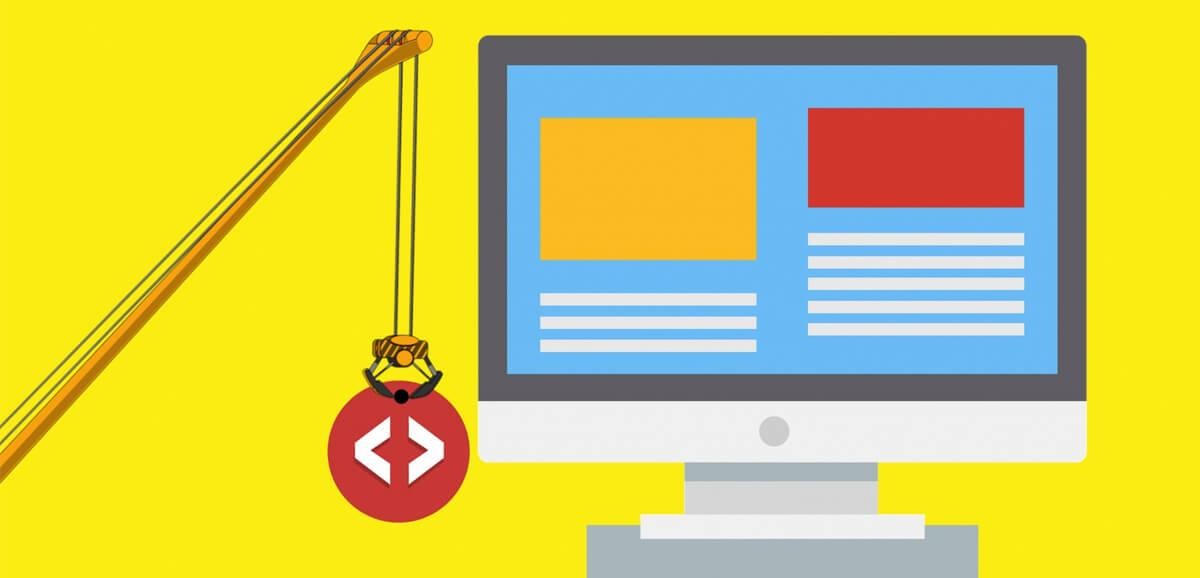Blog
What You Need To Know About Migrating Your Website
December 16, 2020
Posted by: Guest
Image credit: Public Domain Pictures
There’s no such thing as a perfect website, and if you want to make the most of yours, you need to make a commitment to consistent improvement. Of course, that’s vastly easier to do if you’re happy with the CMS (content management system) you’re using. If you’re not, then you might as well be planning to run a marathon in uncomfortable shoes.
But what can you do? If your site is running on an outdated or unsuitable platform, what’s the best way to proceed? You can simply deal with it and make progress as best you can, but I don’t recommend that — the problem will only get worse over time. Instead, you should think about moving to a platform that better fits your needs in a process known as a migration.
But what does a migration involve? How can you choose a platform, and what do you need to know when making the move? Let’s go through it.
What’s involved in a migration?
Very simply, migrating a website involves exporting as much as possible from the existing version and importing that data to a new version. Depending on the platforms in use, there may be ways to do it all automatically (Cart2Cart tends to be a viable option for ecommerce stores), or it may need to be handled manually. Once the migration is complete, you can take the old site down and replace or forward the URLs to the new site.
At a minimum, it’ll need to carry over the basic content and page structure, but it could also carry over design elements (color schemes, layouts, shapes, etc.) if done particularly well. Alternatively, you could take the opportunity to go for a broad redesign — if you’ve decided that it’s worth moving away from a platform, you might be unhappy with its look anyway.
Choosing a new platform
So, which platform is right for your migration? Well, if you’re moving away from a platform that’s horribly outdated, then almost anything you can pick will be an improvement. Go with whatever gets solid reviews and suits the nature of your site (a blog has different requirements than an ecommerce store, for instance).
If you’re moving away from a solid platform that just doesn’t quite fit your needs, though, you need to think about why you’re migrating. What’s frustrating you about your current site? Use that as the basis for choosing the replacement. If it’s too slow, find a platform that offers speed — if it looks terrible on mobile devices, choose a CMS with slick mobile templates. If it’s too complex, find something that’s easier to use (WordPress works nicely for most).
One thing you might overlook that makes a huge difference is quality of customer support. If you encounter an issue, having support can make the difference between getting back to work in minutes or struggling with possible fixes for days. The latter can be hugely costly for sellers. Magento might be the most powerful CMS ecommerce sellers can use, but Shopify holds a distinct edge over Magento when it comes to support, so it’s an easy pick in that regard.
Of course, if you have an ongoing relationship with a web development agency, you might not need anywhere near as much support from your CMS provider, in which case you might be free to choose whichever platform gives you the most options and rely on the agency for assistance.
What to expect when migrating
If you’ve chosen a new platform, the first thing to do is reach out to the provider to ask if they can assist with the migration. They might be able to give you a good deal to handle it for you, and that would be a convenient arrangement since you’ve already decided to trust them.
Regardless of how the migration happens, though, you need to keep these things in mind:
-
You will temporarily lose traffic. Even if you hang on to the same URLs when you migrate, Google will take its time figuring out the new site. This will typically lead to a short-term dip in your rankings, and a loss of traffic. And if there’s any downtime at all while you’re migrating, it will briefly affect your brand perception.
-
It will take longer than expected. In general, a migration will take longer than anticipated, and things will go wrong. Files that should copy will fail to copy, requiring investigation. Hosting services will go down briefly, stopping you in your tracks. It’s best to just accept this and stay patient until it’s done.
It will be worth it. Migrating a site — especially a large one — can be a long, frustrating and costly process, but you’ll know that it was worth it when you have your new site up and running. After all, it will save you time and money, look better, perform better, and generally suit your needs well enough to greatly reduce your stress.
This blog post was submitted to DevDigital by Kayleigh Alexandria of Microstartups.org
